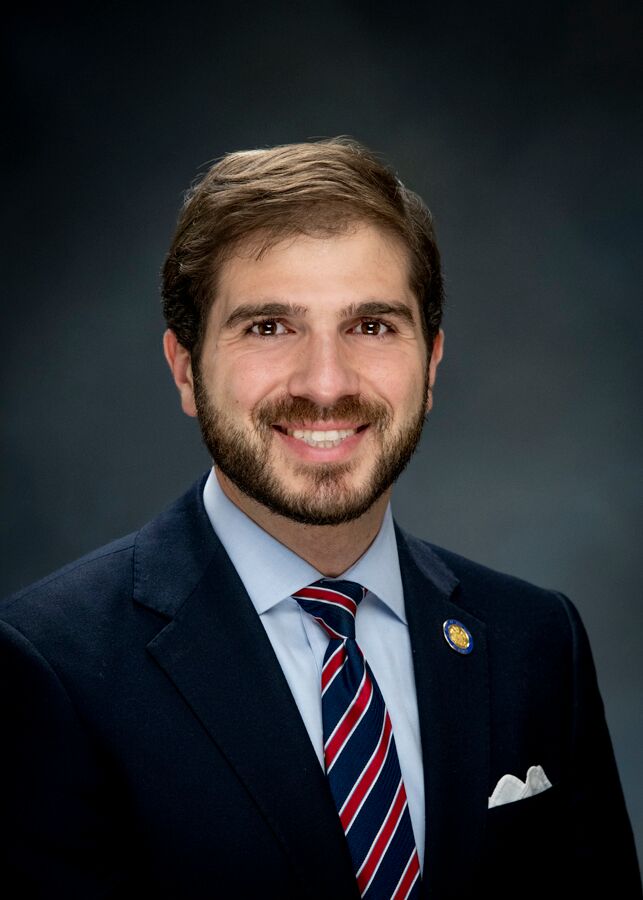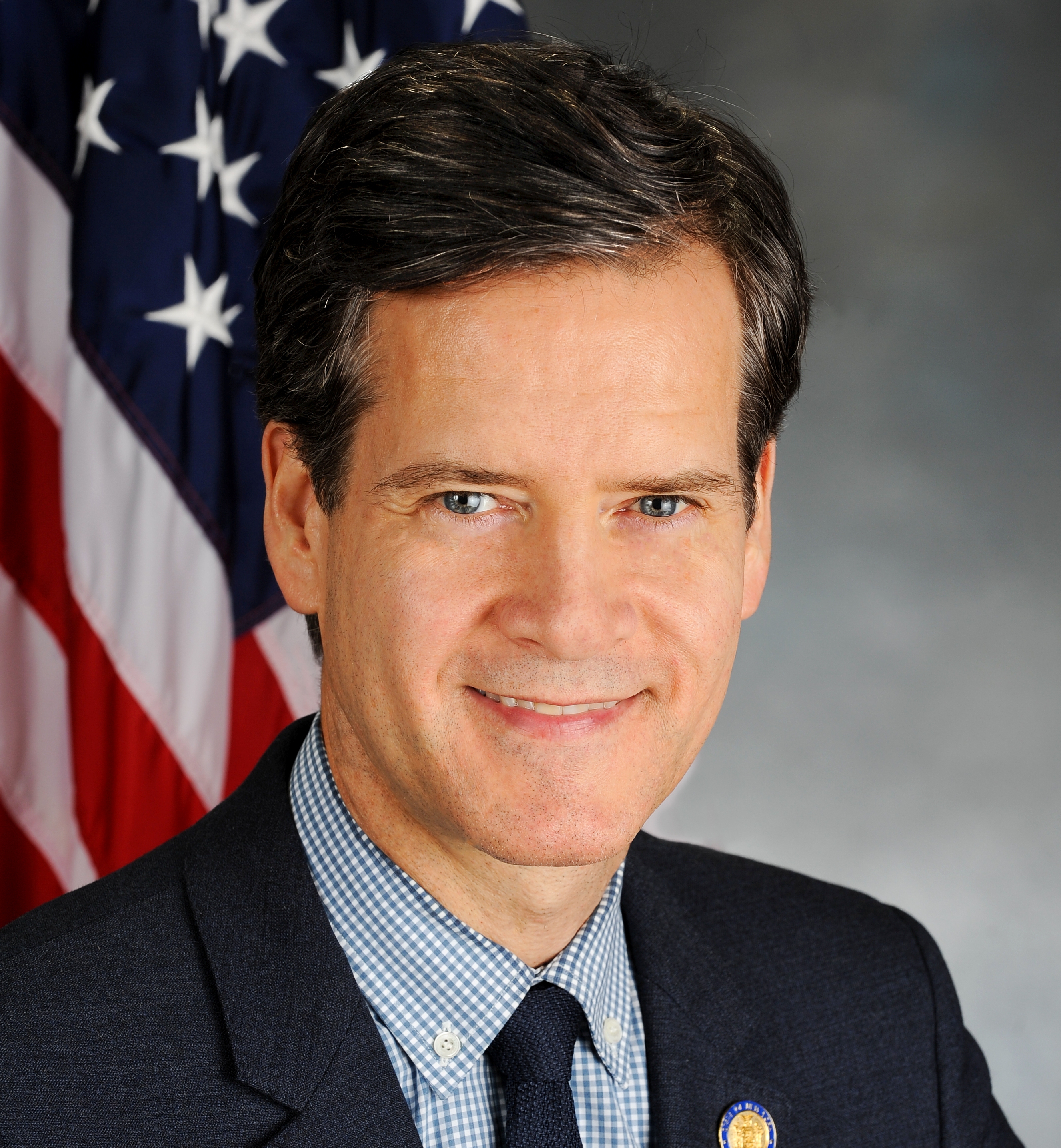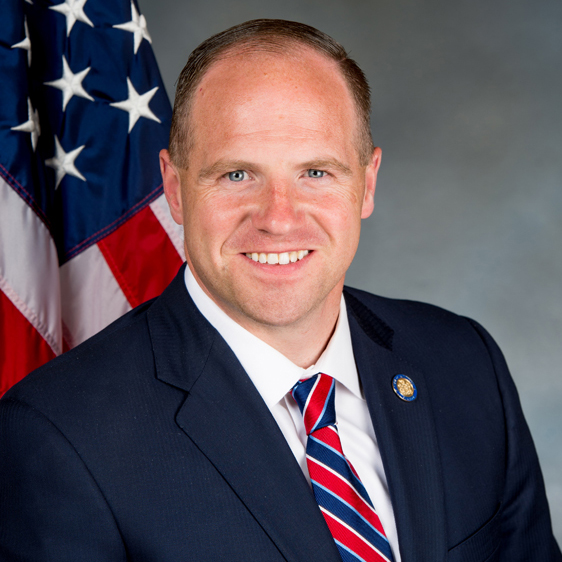|
Assembly Actions -
Lowercase Senate Actions - UPPERCASE |
|
|---|---|
| Jan 03, 2024 |
referred to energy and telecommunications |
| Jan 20, 2023 |
referred to energy and telecommunications |
Senate Bill S2468
2023-2024 Legislative Session
Sponsored By
(D, WF) 21st Senate District
Archive: Last Bill Status - In Senate Committee Energy And Telecommunications Committee
- Introduced
-
- In Committee Assembly
- In Committee Senate
-
- On Floor Calendar Assembly
- On Floor Calendar Senate
-
- Passed Assembly
- Passed Senate
- Delivered to Governor
- Signed By Governor
Actions
co-Sponsors
(D) 15th Senate District
(D) 26th Senate District
(D, WF) 47th Senate District
(D, WF) Senate District
2023-S2468 (ACTIVE) - Details
- Current Committee:
- Senate Energy And Telecommunications
- Law Section:
- Energy Conservation
- Versions Introduced in Other Legislative Sessions:
-
2021-2022:
S7027
2025-2026: S1537
2023-S2468 (ACTIVE) - Summary
Relates to maintaining the continued viability of the state's existing large-scale, renewable energy resources; directs the public service commission, in consultation with NYSERDA to modify the competitive tier 2 program adopted by the order modifying the clean energy standard.
2023-S2468 (ACTIVE) - Sponsor Memo
BILL NUMBER: S2468
SPONSOR: PARKER
TITLE OF BILL:
An act in relation to maintaining the continued viability of the state's
existing large-scale, renewable energy resources
PURPOSE:
To amend the competitive tier 2 program within the Clean Energy Standard
and ensure that the state's existing renewable resources are maintained
and continue to contribute to the state's renewable energy goals.
SUMMARY OF PROVISIONS:
Section one of the bill provides the Legislative findings and intent of
the bill.
Section two defines various terms.
Sections three includes modifications to the Competitive Tier 2 Program.
2023-S2468 (ACTIVE) - Bill Text download pdf
S T A T E O F N E W Y O R K
________________________________________________________________________
2468
2023-2024 Regular Sessions
I N S E N A T E
January 20, 2023
___________
Introduced by Sens. PARKER, ADDABBO, GOUNARDES, KENNEDY -- read twice
and ordered printed, and when printed to be committed to the Committee
on Energy and Telecommunications
AN ACT in relation to maintaining the continued viability of the state's
existing large-scale, renewable energy resources
THE PEOPLE OF THE STATE OF NEW YORK, REPRESENTED IN SENATE AND ASSEM-
BLY, DO ENACT AS FOLLOWS:
Section 1. Legislative findings and intent. The legislature hereby
finds and determines:
1. New York is a national leader in developing and implementing policy
to promote the development of renewable energy resources, the growth of
which has significantly benefited the state in numerous ways, including
through reductions in pollutants that contribute to climate change,
associated reductions in adverse impacts on public health, and substan-
tial job growth in the clean energy sector.
2. To further promote and incentivize the development of renewable
energy, New York state recently adopted the Climate Leadership and
Community Protection Act (CLCPA), which, among other things, mandates
that by 2030, 70% of electricity consumed in the state will come from
renewable resources, and 100% of such electricity be renewable by 2040
(CLCPA targets). In 2019, approximately 27 percent of the state's elec-
tric load (representing 41,340 gigawatt hours) was supplied by renewable
resources - solar, wind, hydroelectric, biomass, fuel cells and similar
resources.
3. However, a recently published triennial review of the clean energy
standard (CES) found that falling commodity market revenues in the
wholesale energy markets create a risk that legacy renewable generators
may not be able to cover their costs. These facilities have options to
export to neighboring renewable portfolio standard (RPS) compliance
markets and will do so if the renewable energy certificate (REC) revenue
opportunity is greater than New York's voluntary market.
EXPLANATION--Matter in ITALICS (underscored) is new; matter in brackets
[ ] is old law to be omitted.
LBD01606-01-3
Comments
Open Legislation is a forum for New York State legislation. All comments are subject to review and community moderation is encouraged.
Comments deemed off-topic, commercial, campaign-related, self-promotional; or that contain profanity, hate or toxic speech; or that link to sites outside of the nysenate.gov domain are not permitted, and will not be published. Attempts to intimidate and silence contributors or deliberately deceive the public, including excessive or extraneous posting/posts, or coordinated activity, are prohibited and may result in the temporary or permanent banning of the user. Comment moderation is generally performed Monday through Friday. By contributing or voting you agree to the Terms of Participation and verify you are over 13.
Create an account. An account allows you to sign petitions with a single click, officially support or oppose key legislation, and follow issues, committees, and bills that matter to you. When you create an account, you agree to this platform's terms of participation.




